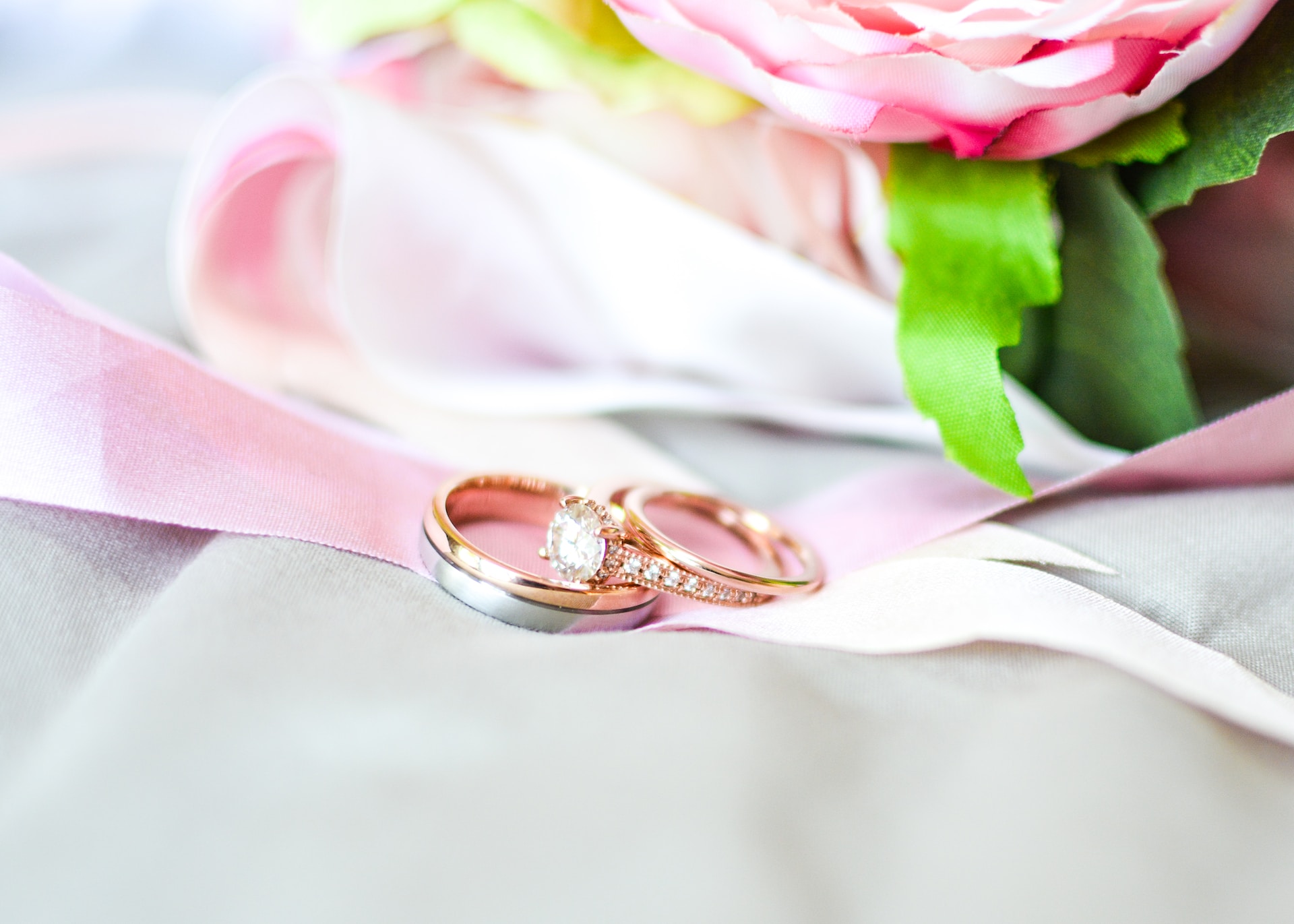One of the most common questions is, “Is moissanite a fake diamond?”
Moissanite has a beautiful sparkle and looks similar to a diamond. However, a trained eye can see differences in the four C’s of diamonds: cut, color, clarity, and carat.
Diamonds can also be tested with a unique gem tester pen that detects how heat moves through the stone.
What is Moissanite?
Moissanite is a shine-tastic gem sometimes referred to as a diamond simulant. It’s a synthetic gemstone made from silicon carbide that is similar in appearance to a natural diamond. It is also a great alternative to a natural diamond for those who want something sustainable and ethically sourced.
Moissanites are grown in labs but can also be found naturally as part of meteorites that crash into Earth. Since then, they have been found in other meteorites and even as crystal inclusions within natural diamonds.
Unlike diamonds, moissanites aren’t the hardest mineral on earth, but they do rank at 10.25 on the Mohs scale of hardness. This makes them very durable, making them an excellent choice for jewelry.
Another thing that sets moissanite apart from diamonds is its clarity. Because moissanites are grown in labs, they tend to have fewer inclusions and blemishes. They are often eye-clean, a plus for those with a budget that wouldn’t allow them to afford a diamond with visible imperfections. Lastly, moissanites are also lighter in weight than diamonds. This means that you can get a bigger stone for the same price.
How is Moissanite Created?
Moissanite is a lab-created gemstone often used as a diamond substitute. It is a durable and sparkly gem that is typically a bit cheaper than diamonds. Some people choose to purchase moissanite over diamonds for ethical reasons, but others are drawn to the aesthetic of this gem. Ultimately, it comes down to preference and budget.
The story of moissanite began in the late 19th century when minuscule crystals were found in a meteorite crater in Arizona. It initially mistook these crystals for diamonds but later determined they were silicon carbide. Eventually, scientists could recreate silicon carbide in a laboratory, which gave rise to moissanite.
As the world’s first synthetic diamond, moissanite is now available in all the same cuts and settings as diamonds. However, moissanite has several key differences from traditional mined diamonds. Moissanite is not a natural stone and does not have the same ethical connotations as mined diamonds. Additionally, it has a noticeably different brilliance and fire than diamonds.
The creators of moissanite utilize a patented thermal process to create single-crystal gems. This process is lengthy and time-consuming, with each rock taking up to three months to develop. As a result, the production of moissanite is limited and restricted to only a few selected suppliers.
Now, is moissanite a real diamond? Moissanite and diamond are very similar, but there are several key differences. Most importantly, moissanite is a lab-created gemstone, and diamonds are naturally mined. This makes moissanite more environmentally friendly and socially responsible than diamonds, which is linked to conflict in the diamond industry that results in human rights violations, worker exploitation, and environmental degradation.
Moissanite is also significantly less expensive than a diamond of equal size and quality. This can make it an excellent option for people who want the beauty and durability of a diamond but are on a tight budget.
Additionally, moissanite is more durable than diamond and has a more pronounced sparkle. Moissanite is more refractive than diamond and can refract light in two directions simultaneously, giving it more brilliance and fire.
While diamonds are colorless, moissanite can exhibit a slight yellow or green hue under certain lighting conditions. Generally, however, moissanite is colorless and can be difficult to distinguish from a traditional diamond without side-by-side comparisons under proper lighting.
Some discerning jewelry enthusiasts may be able to detect a difference in the sparkle of a diamond and moissanite. Still, most can only tell the difference using specialized tools or a gemologist. Moissanite is also lighter in weight than a diamond of the same size.
Is Moissanite More Durable Than Diamonds?
Moissanite is not quite as hard as diamonds, but it comes pretty close. On the Mohs hardness scale, moissanite rates 9.5 out of 10, which means it’s incredibly durable. Only diamonds can scratch a moissanite. It’s also highly heat-resistant, making it more likely to survive damage from everyday wear. It’s easy to keep moissanite looking great, too – clean it with non-acid jewelry cleaner or mild soap and water.
It’s also highly refractive, which gives it more “fire” than diamonds. This makes it very eye-catching, and you can see its brilliance even from a distance. It looks unnaturally bright and intense, though, which can be a drawback for some people.
While natural moissanites do exist, the moissanites used in most jewelry are lab-created. Most notably, the moissanites sold by brands are all synthetic. This may be a drawback for some shoppers, but it’s worth noting for those concerned about the ethical side of gemstone production.
Moissanite is cheaper than a diamond, so it can be a good option for those who want a nice-looking piece of jewelry without spending too much money. However, it’s important to remember that a moissanite will not hold its value as well as a diamond.


